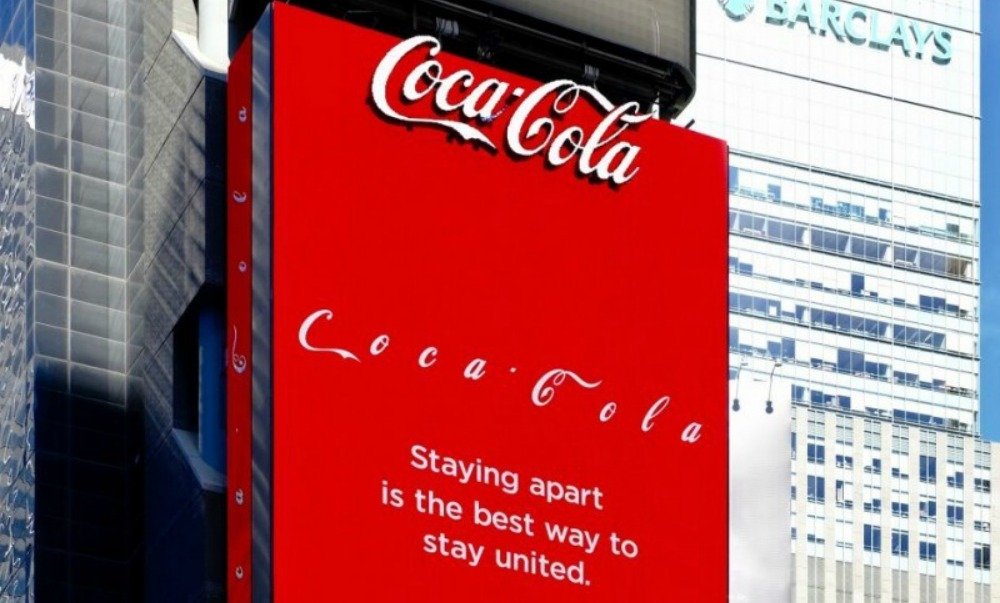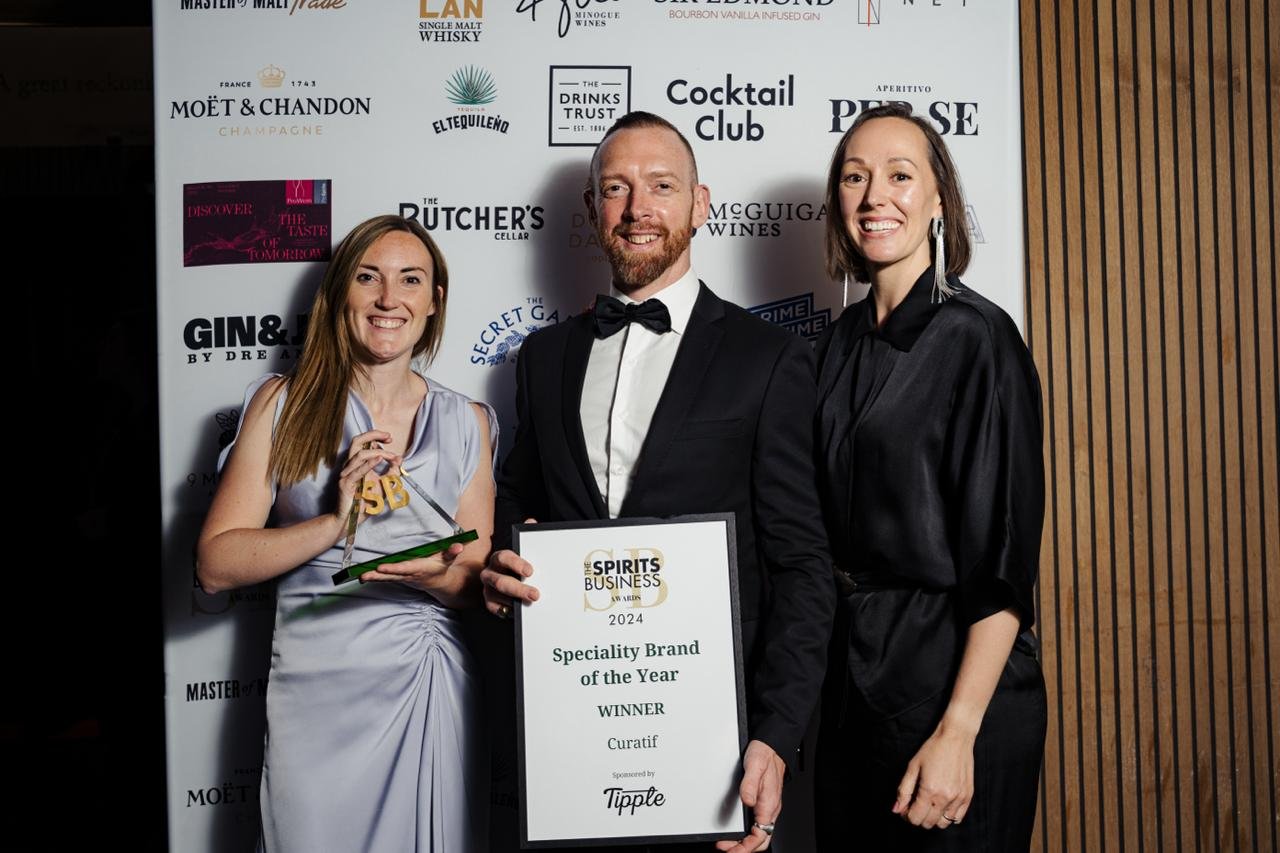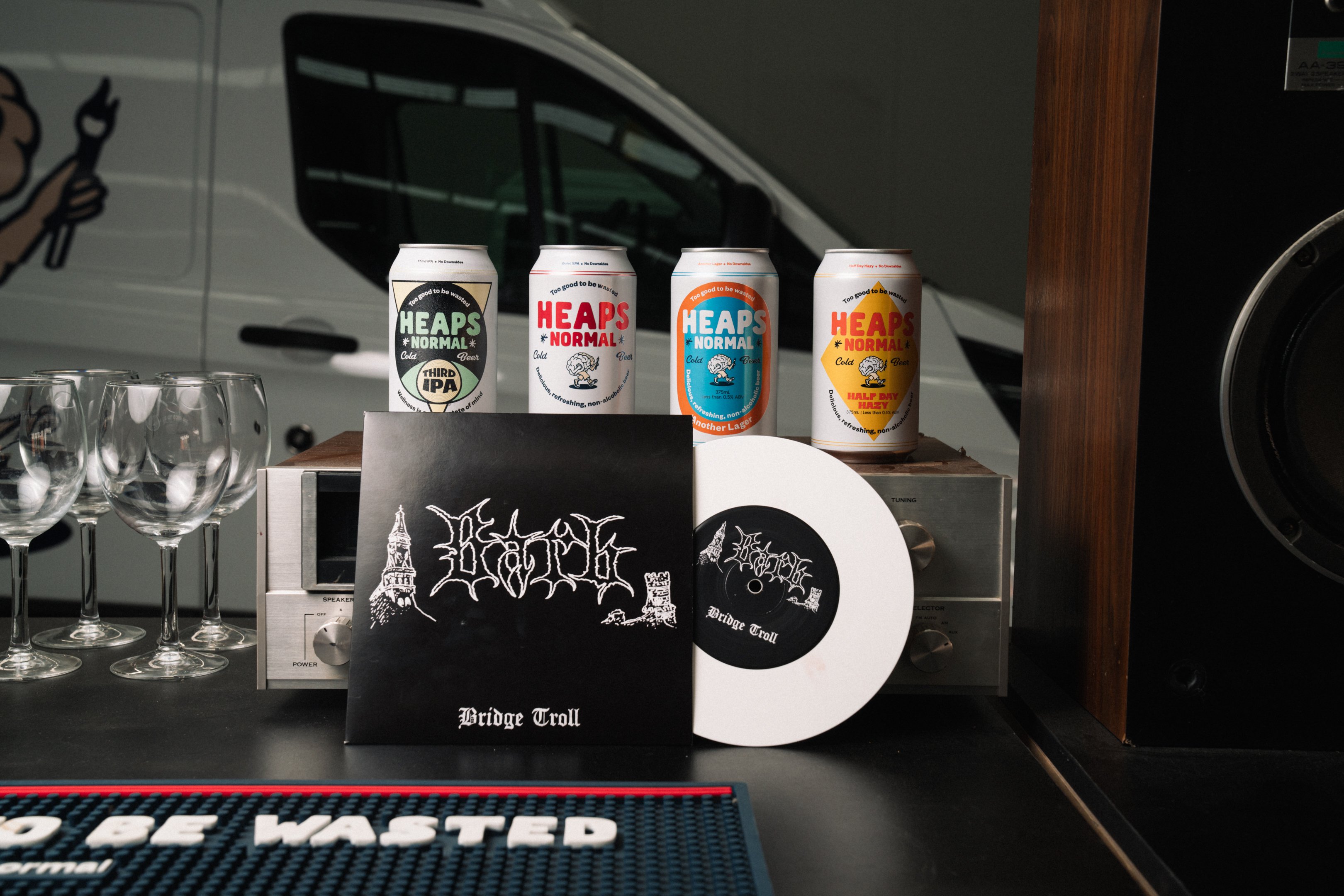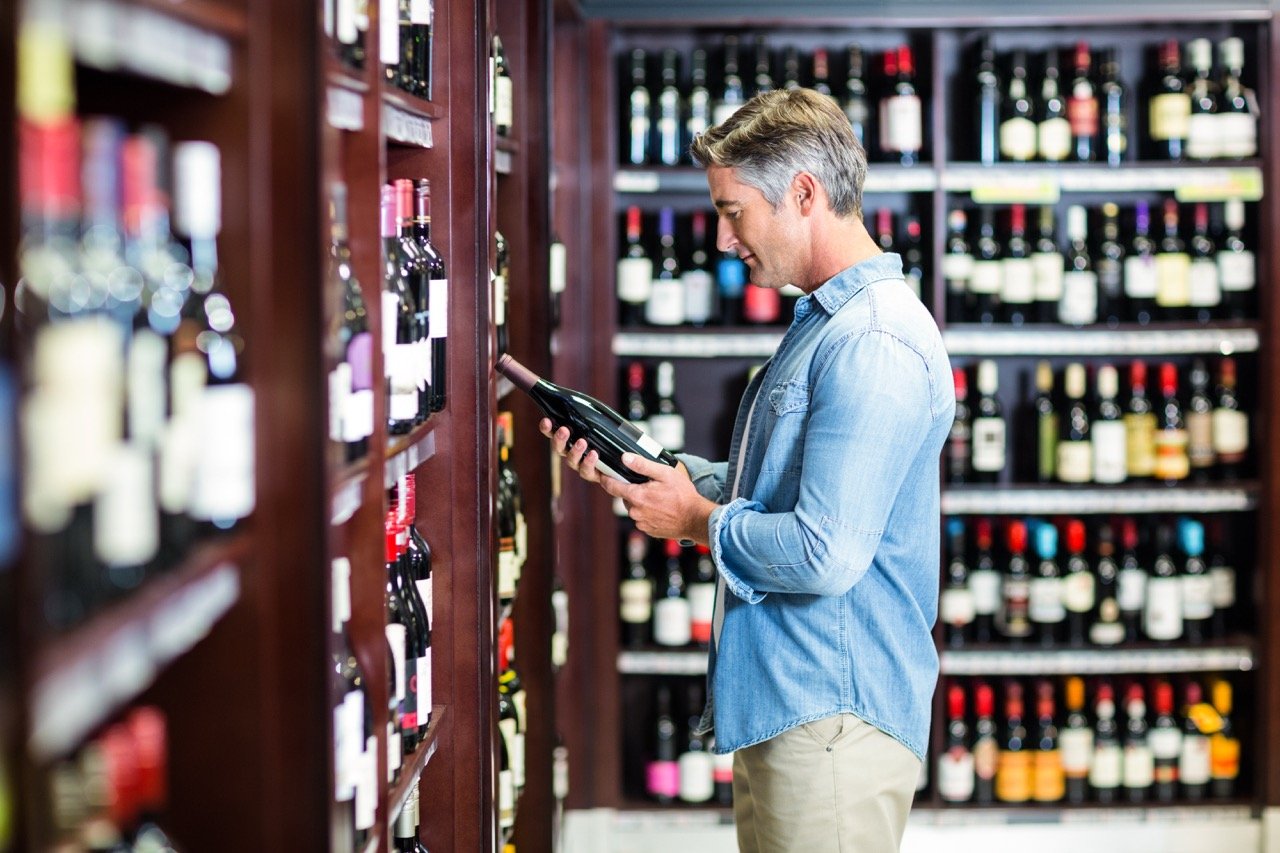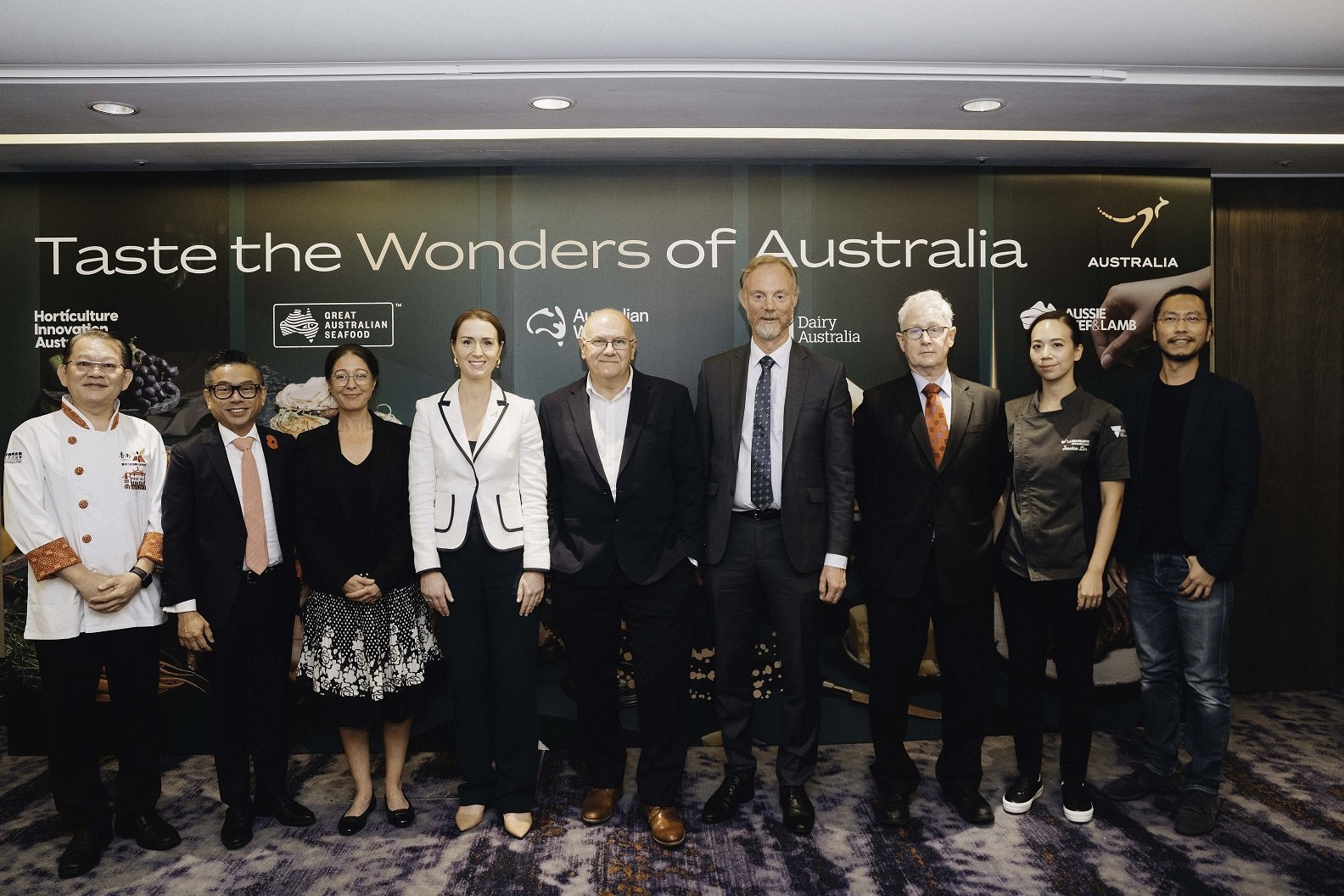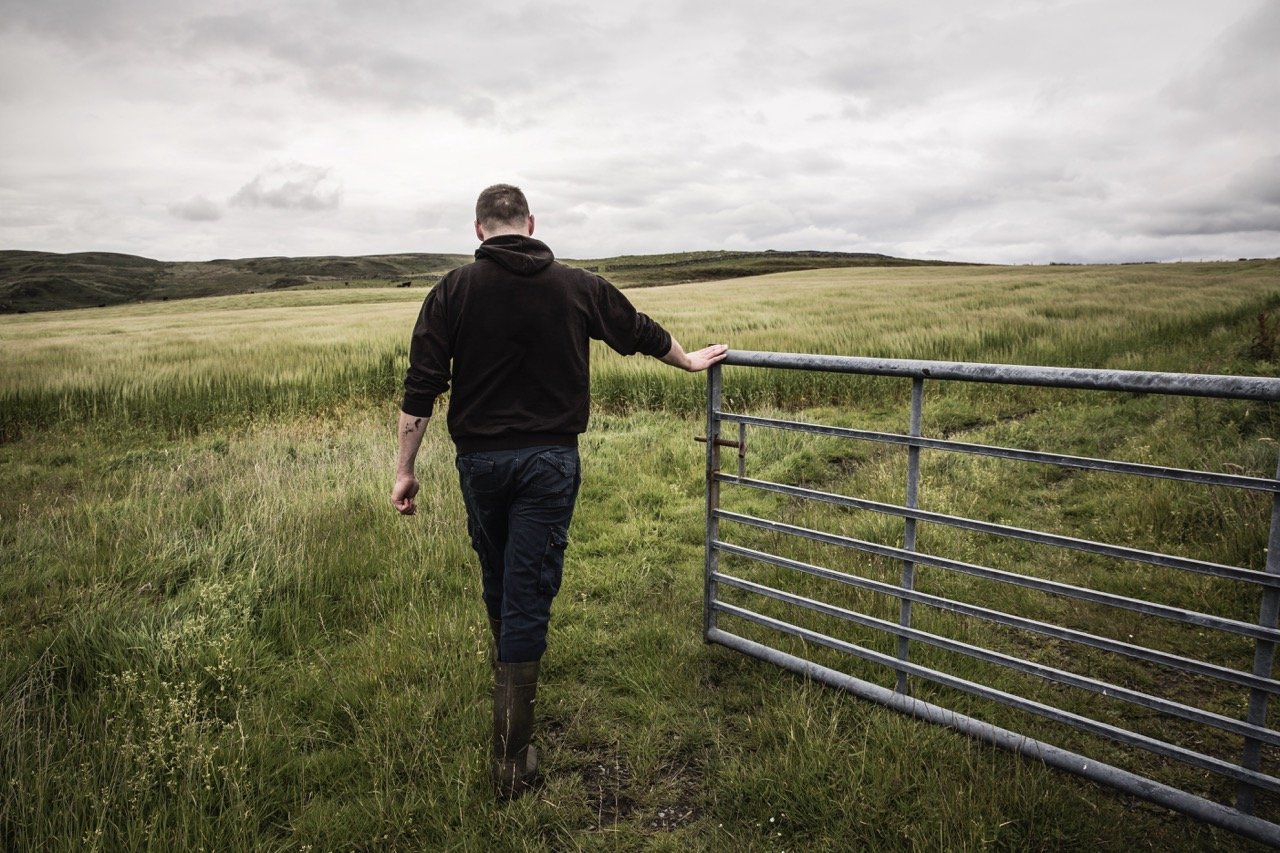Many advertisers are deferring ad campaigns and cutting their budgets during COVID-19, but Wine Intelligence CEO Lulie Halstead says it’s critical that marketing spend continues.
Some 81% percent of large advertisers are deferring ads according to the World Federation of Advertisers (WFA).
More than half (57%) of those surveyed said they had decreased budgets greatly or somewhat due to the virus outbreak.
Thirty-four percent of WFA’s surveyed members had postponed ad campaigns for one or two months due to the outbreak, while 6% said the delay was indefinite.
But nearly a fifth (19%) said the coronavirus had had no impact on the timing of marketing campaigns so far.
Halstead has highlighted focus areas she says are crucial for wine marketeers to consider during COVID-19.
“Continue marketing spend – it’s more effective now,” Halstead noted.
“As companies cut marketing spend, each $ that is spent becomes more effective as it delivers a proportionally higher share of voice (SOV) amongst a total reduced spend across a category.”
“This results in this spend being more ‘effective’ than ever with studies showing that ‘All things being equal, a brand whose share of voice (SOV) is greater than its share of market (SOM) is more likely to gain market share’ so increasing SOV leads to higher market share in the longer term, holding true also during times of recession.”
Halstead also said nurturing core brands was key to growth.
“During times of stress, upheaval and economic crisis, consumers tend to revert to what’s familiar as it makes us feel ‘safer’," she noted.
“This is particularly true when shopping trips are more challenging and there is a need to switch to new purchase channels (e.g. online).
“Analysis of brand purchase during previous recessions has shown that ‘high market share brands’ tend to win at these times.
“Its time to park more niche brand development that might distract and focus on what we know works well.”
However, she said there was an opportunity for agile innovation and NPD that focuses on relevant benefits.
“Alongside the focus on core brands there is opportunity for selected NPD and innovation.
“NPD that focuses on helping consumers through these times and solves direct problems can be effective, such as convenient and economical larger packaging formats and online engagement activities.
“Collaboration with competitors, in an environment where competition legislation is being adjusted, can provide also open up new opportunity.”
Halstead cautioned against offering promotional discounts.
“There will be lots of channel pricing discrepancies and short-term promotions, but fixing brands at lower price points will keep them there, causing long-term viability issues,” she said.
“While these will be difficult time for many, consumers will continue to rely on treats, ‘mini rewards’ and everyday luxuries in a time of recession, with wine will remain both a treat and a reward, whether priced at $5 or $50.”
Not business as usual
Experts say that advertisers need to "look at their existing campaigns through the lens of the new normal".
If brands “are acting like business as usual and are still running their same advertising,” Margaret Johnson, chief creative officer for San Francisco-based ad agency Goodby Silverstein & Partners, told Time “you immediately feel like that’s a brand that’s tone deaf.”
Making jokes is also a dicey way for companies to respond.
“Humour is just not something that’s really resonating with people right now,” said Johnson, noting that it’s unclear how long that might be the case.
Instead, brands should explore the overlap between doing good and looking good.
“Action is the name of the game,” said Johnson.
How consumers want brands to respond during COVID-19
"This is not a time to go off air"
Proctor & Gamble chief financial officer Jon Moeller told investors it's time to put the foot down on marketing spend, rather than taking it off.
“There are consumers that are trying products that they haven't tried before,” he said.
“We need to work hard to ensure that we maintain mental and physical availability to the greatest extent possible, so that those consumers return to their beloved and trusted brands – which are ours – as they're more fully available.
“There's a big upside here in terms of reminding consumers of the benefits that they've experienced with our brands and how they've [met] their family's needs, which is why this is not a time to go off air.”
Tom Harvey, client director at alcohol marketing agency YesMore, agreed that it's important to "carry on".
He said that while billboards and bus stops may be experiencing a decrease in footfall, other areas are booming.
"Social media consumption has increased by 50% and is now quite firmly cemented into many people's routines," he noted.
Harvey also emphasised the importance of planning for the future, post-COVID-19 restrictions.
"Be ready for when this is all over," he concluded. "Develop campaigns, brief agencies now and ring fence budgets for work that will land with your consumers once we can celebrate outside again."
Share the content
